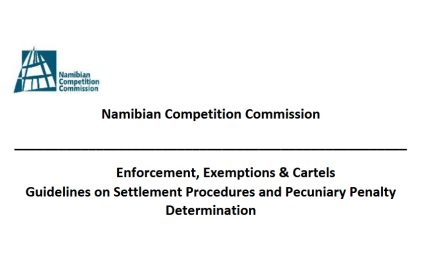
Mining sector on growth path
The president of the Chamber of Mines of Namibia, Kombadayedu Kapangwa shared his views on the performance of the mining sector, following the hosting of the Mining Expo held recently. The industry, Kapangwa noted, was on a growth path and one that created new opportunities for its stakeholders.
He went on to say, “the continued success of the mining industry will depend on the competitiveness of Namibia as an attractive investment destination for exploration and mining. This calls for government to bring a win-win finality on new policy proposals and address licencing matters. Furthermore, the security of water and electricity supply as well as railway transport challenges need to be addressed so as to retain investor confidence. The Chamber remains committed to work with government and reclaim Namibia’s previous record as the most attractive investment destination in Africa for exploration and mining.”
Added Kapangwa, “the industry has also made history with the first ever production of iron ore in Namibia, for use locally thereby underpinning the much desired upstream value addition and conserving foreign exchange with reduction of importation of such inputs for cement production.
Preliminary statistics produced by the National Statistics Agency for 2015 show that the mining sector made a direct contribution of 11.9% to Namibia’s GDP, but contracted by 0.1% in real terms.
According to Chamber statistics, non-diamond mining surpassed diamond mining as the larger contributor to revenue and foreign exchange earnings. The figure for non-diamond mining includes revenues from zinc refining and copper smelting. Total revenue by non-diamond mining was N$13.82 billion and diamond mining earned N$11.46 billion. The total revenue from Namibia’s mining operations was N$25.28 billion in 2015.
Fixed investment declined by the mining sector from N$17.26 billion in 2014 to N$5.48 billion in 2015. The 2015 figures excludes the figure from Swakop Uranium and we thus expect the actual amount to be higher. The relative decline, however, was largely as a result of the ramping up of fixed capital formation as the Otjikoto, Tschudi and Husab mines transitioned from development phases to production and operation.
Chamber statistics show that members paid out N$3.76 billion in taxes and royalties in 2015, an 11% increase from N$3.39 billion which was paid out in 2014. These figures exclude PAYE paid through wages and salaries by the sector.
In 2015, mining and exploration companies collectively employed 8,853 people in permanent positions. Total employment by the sector, which includes permanent, temporary positions and contractors, increased from 17,770 in 2014 to some 19,000 jobs in 2015.
“In conclusion, the mining industry has demonstrated resilience against the global downturn as Namibia is the only African country where the industry is on the growth path,” Kapangwa rounded off. “The industry has created more jobs than it has lost in the last 3 years and is creating new opportunities for value addition with new copper cathode production which has commenced for the first time in the history of Namibia.”











































